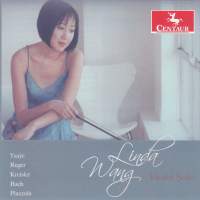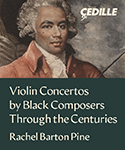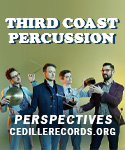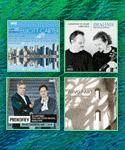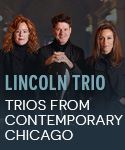Much as I’d like to recommend this intelligently conceived and well-contrasted program of mixed unaccompanied violin works, Linda Wang’s uneven performances prevent serious consideration. In the Ysaÿe Fourth Sonata, for example, the outer movements benefit from Wang’s impassioned and animated treatment, yet are outclassed by Thomas Zehetmair’s supple and effortless technique; just compare both fiddlers’ double stops in the Finale. Likewise, Wang’s plodding pizzicatos in the central Sarabande give no clue of the music’s dance origins, in contrast to Tai Murray’s quicker and shapelier performance.
Wang’s labored and heavy tread in the Reger B minor Fugue cannot remotely compare with Renate Eggebrecht on the Troubadisc label, who plays the music considerably faster and with more pinpointed intonation. To hear the Bach C major sonata’s long lines and eloquent structures parked in neutral and illuminated by a threadbare tone gives no pleasure, except when you break out the antidote in the form of James Ehnes’ vibrant, stylishly cognizant, and tonally attractive interpretation. However, Wang redeems herself in Kreisler’s Recitative and Scherzo-caprice, where her measured declamation in the Recitative and yielding lilt in the Scherzo-caprice differs from Ruggiero Ricci’s lean and fiery Decca recording.
Of the two concluding Piazzolla pieces, Etude Four’s purity of tone and simple delivery stands out over a relatively prosaic account of Etude Three, which demands sharper accents and an altogether faster tempo (no truly outstanding studio recording exists for this particular Etude’s violin version as of December 2013, but YouTube offers a fine concert video performance featuring Tomas Cotik). Centaur’s excellent sonics give full measure to Wang’s virtues and drawbacks.






















